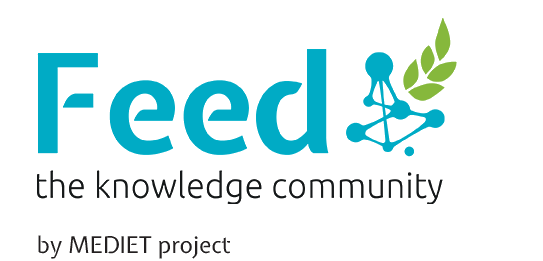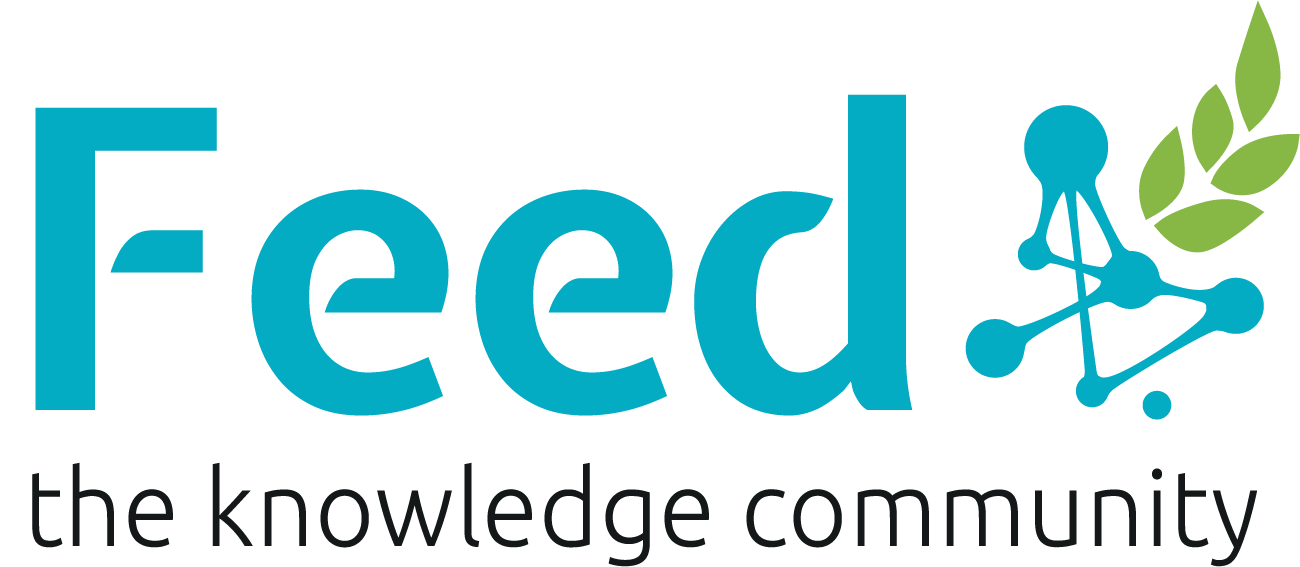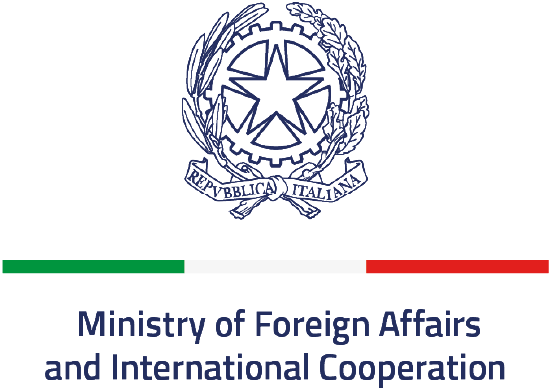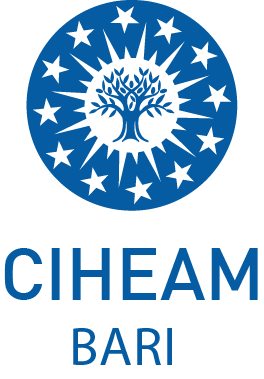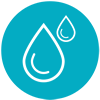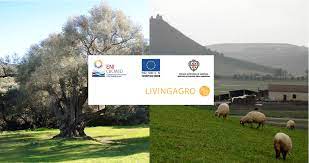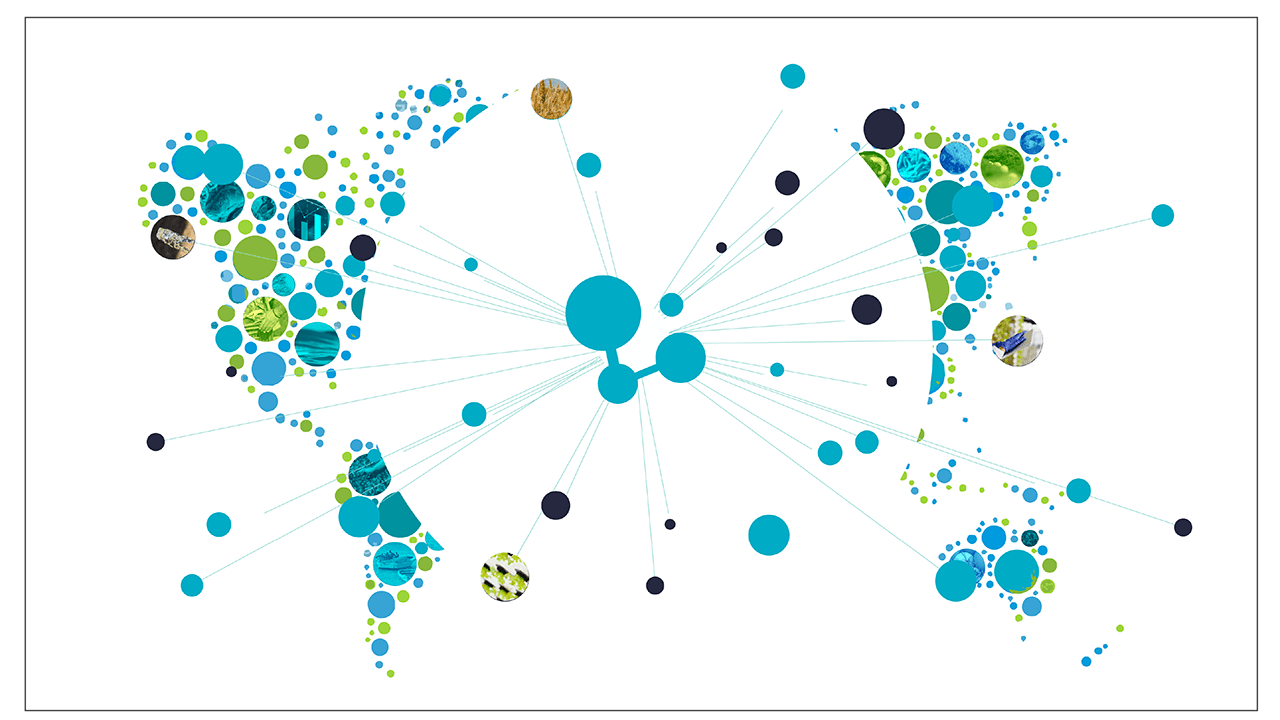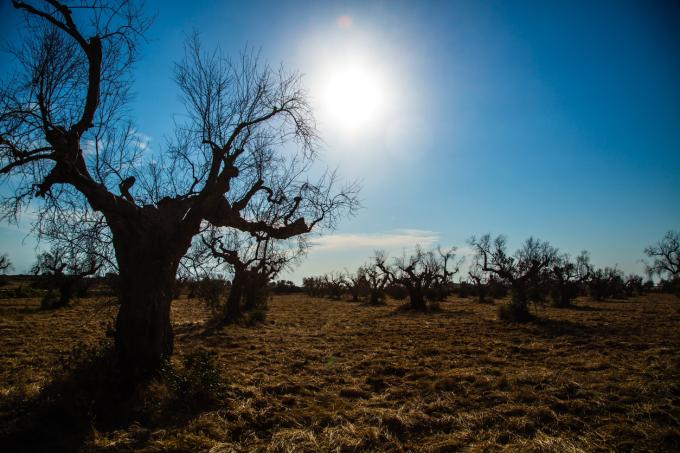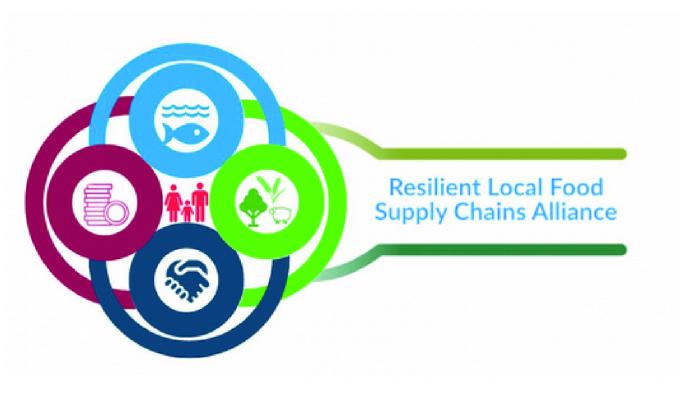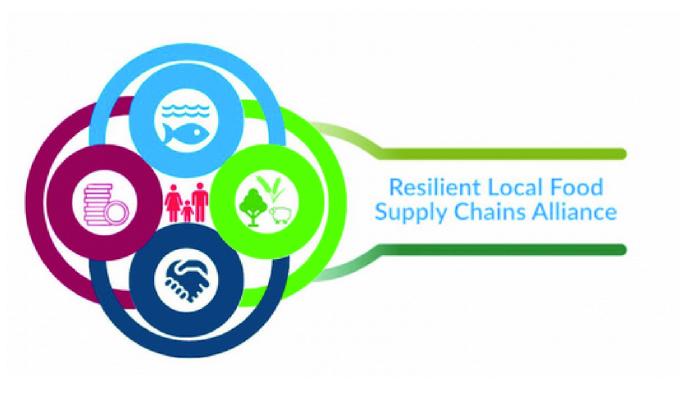Period
2018 - 2018
In response to deteriorating agricultural conditions in the Chenini Oasis of Tunisia, the Association for the Safeguard of the Oasis of Chenini (ASOC) spearheaded a collaborative effort, supported by the Environmental Governance Project (PGE-Gabes). Engaging local farmers from the outset, ASOC conducted awareness campaigns and participatory discussions to identify priority areas for intervention. Over two years, 17 kilometers of clogged drains were cleared, allowing farmers to resume agricultural activities and improve agricultural production. The initiative, based on extensive mapping and diagnostic assessments, underscores the effectiveness of community-driven rehabilitation efforts in addressing environmental challenges and revitalizing agricultural landscapes.
You must be registered to see all the content
Identification needs
The Chenini oasis is one of the last coastal oases in the world. It is characterized by salt-laden water (3 g/L), clayey-loamy soil with little filtration and a perched water table close to the surface. These characteristics favor over time an accumulation of salt in the soil and water saturation causing the death of crops and microbial life. Drainage is a technique that has for centuries made it possible to sanitize the land of this type of oasis. The drains made it possible to evacuate excess irrigation water and the leaching of salts harmful to the development of plants. Flood irrigation carried out with this system made it possible to maintain a low level of salinity in the soil and facilitated cultivation. The management and maintenance of these drains was carried out collectively by families and famers within “Jamia elma” (or water association). From the 1960s, this work was carried out in part by the state, which could not finance all of the maintenance. The drains end up by being clogged by the proliferation of plants such as reeds and waste (vegetable or household). This prevents their use, leads to accumulation of salt and results in the abandonment of the plots.
Stakeholder change
Several associations have decided to work for the improvement of irrigated areas by rehabilitating the drainage system. ASOC’s initiative in 2017, as part of the environmental governance project (PGE-Gabes), made it possible to achieve this thanks to the synergy of the various actors around the site. For the approach to be well understood by all, it was necessary to inform the oasis populations of what had been achieved and to present the results of the diagnosis to them. Once the context had been established with the local actors, above all the farmers, discussions were initiated to know their opinions as to the priority areas of intervention. This step is essential because it allows farmers to be involved from the design stage to the completion of the worksite. A great deal of consciousness-raising work has been done by ASAC through awareness campaigns on the importance of maintaining the drains clean and the benefits that can be generated for all, particularly in the long term.
Change triggered
The maintenance of 17 km of drains in 2 years, clogged for several years by reeds, vegetable and household waste, has encouraged several farmers to resume their activities. The importance and impact of this initiative were illustrated by the strong involvement of the beneficiaries who were still waiting for an action of this type. This enabled the acquisition of in-depth and up-to-date knowledge that has provided an overview of the system, particularly through the map that has been produced. All this work greatly contributed to preserving the Gabesian oasis ecosystem and improving its agricultural production.
Short description
The first step was to identify the drainage network* by locating on a map or plot plan the areas requiring urgent intervention. To do this, a prospecting work of the oasis and identification of its geographical limits was performed. A meeting between the GDA farmers, the ASOC representatives and the coordinator of the PGE project made it possible to share the objectives, the study methodology and the fieldwork. A diagnosis of the irrigation network was then established. Field visits were done in the presence of the water workers of the irrigation sectors to record all the weak points of the system. To better understand the area of action, a soil diagnosis was established by taking samples analyzed in the Gabes soil laboratory. Sampling of groundwater was done to determine its level of salinity and then its impact on the soil. Priority was given to tertiary drains which are usually maintained by public authorities (CRDA, Regional Council). Then, special consideration was given to the drains of the most affected areas, located downstream of the oasis, where farmers make significant efforts in agricultural production. Rehabilitation consists of removing shrubs, reeds and waste impeding the flow of water. Then, the drains were cleaned to facilitate the flow of water while ensuring the slope necessary for the flow.
